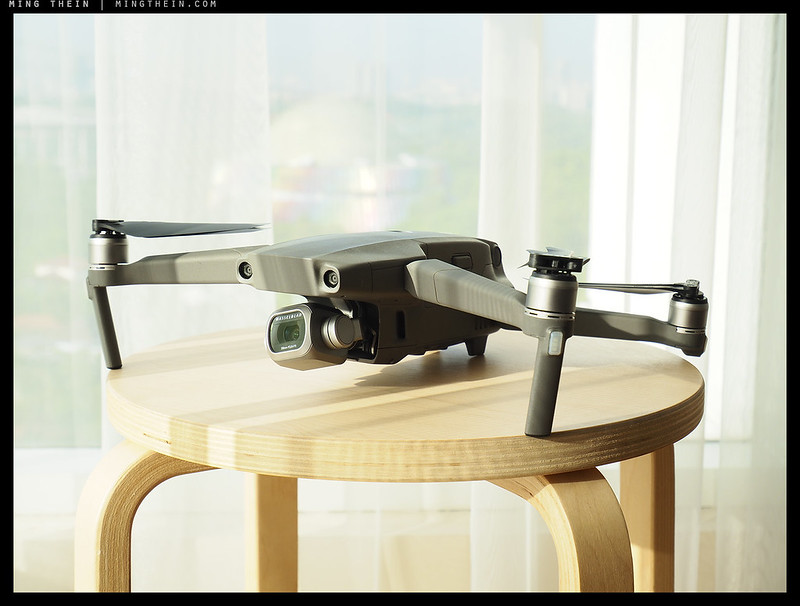- Joined
- Jan 11, 2019
- Messages
- 25
- Reactions
- 8
To get the best possible professional result, when creating a stitch out of the Mavic 2 Pro Hasselblad camera.
Mavic 2 Pro creates a jpg automatically, but I would like to make the best use of the Hasselblad camera by using the RAW files.
I usually shoot with the mode, where the final stitch is put together out of nine shots.
What are your preferences and workflow. Are you doing it in Photoshop, Lightroom or with some other software ?
Still images it is obviously what I am talking about...
Mavic 2 Pro creates a jpg automatically, but I would like to make the best use of the Hasselblad camera by using the RAW files.
I usually shoot with the mode, where the final stitch is put together out of nine shots.
What are your preferences and workflow. Are you doing it in Photoshop, Lightroom or with some other software ?
Still images it is obviously what I am talking about...















